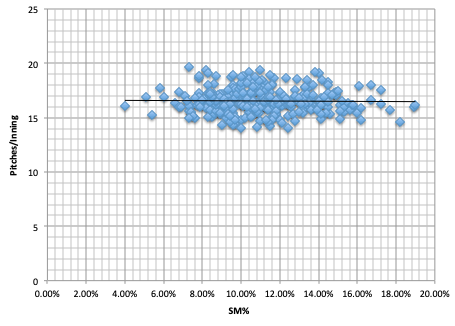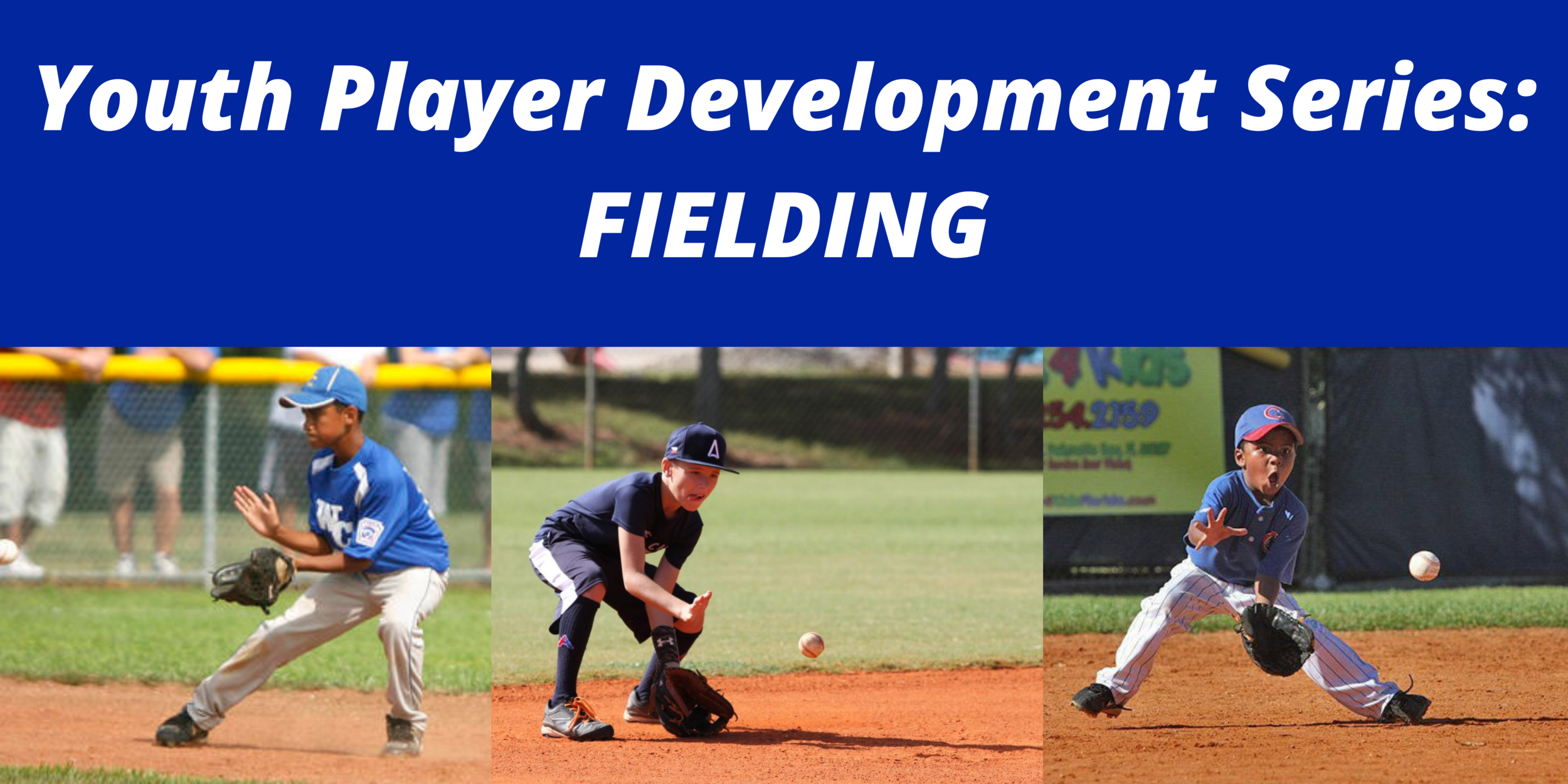The past couple weeks I have been on a bit of a regressions analysis kick. This is partially due to my research class in grad school, so thanks for the inspiration Dr. Dwyer! As a pitcher you always hear from coaches pitch to contact, don’t worry about strikeouts, keep your pitch count down, and whatever other things you can think of. The reason they say these things is because it’s believed that they lead to a pitcher’s success. As a player I never thought twice about it and went along my business with these things in mind. Recently I’ve decided to dive deeper and ask the question, what REALLY leads to a pitcher’s success?
With the all the data available there isn’t any reason to guess. One of my favorite things to say is, don’t guess when you can assess. In this post I am going to dive into what I believe is one of the biggest statistics in whether or not a pitcher is successful, pitch count implications, mental approach, and player development related to this statistic.
Swing and Miss Percentage
A few days ago I posted on twitter the graph below showing the correlation between swing and miss percentage and FIP.
FIP stands for fielding independent pitching. This stat is in ERA form, but only accounts for strikeouts, walks, HBP, and home runs. It takes the defense out of the equation. I used this stat over ERA because I believe it provides a better representation of a pitcher’s performance.
The regression makes it pretty clear that the higher the swing and miss percentage, the lower the FIP. This graph represents 336 pitchers from the 2018 season that threw at least 50 innings. For every 1% swing and miss increase, you can expect FIP to drop roughly .5 points. This is a fairly significant implication that swing and miss percentage has a high correlation to success.
“Pitch to Contact”
Just about every pitcher has heard the phrase above, pitch to contact. Why? Because it is believed that trying to strike people out will increase pitch count and as a result you’ll have to come out of the game sooner. This sounds good in theory, but is it right? Once again, don’t guess when you can assess. Based on the same group of pitchers used above, There was no correlation for a higher pitch count for those that had a higher swing and miss percentage.
This graph makes it very clear that higher swing and miss percentage does not mean higher pitch counts. A large part of this is due to the fact that the lower swing and miss percentage pitchers give up more hits, therefore, they end up having longer innings.
Pitching Approach
So, now that we know that getting swing and misses matter a lot for success, how does this impact our approach on the mound? This is where knowing your players (or yourself if you are player reading this) and what verbiage they will respond the best to. The psychological piece is critical for a pitcher to be successful. You can’t tell every pitcher I want you to strike everyone out. For some players it might help, but for others it might not. It might make some players more erratic because they are trying to nibble too much.
One phrase I don’t want to tell any pitcher is to pitch to contact. It has a negative tone to it right off the bat (no pun intended). I’d rather use the phrase attack the hitter. This gives more of an aggressive mindset, rathe than telling yourself you want to the hitter to make contact. Learn what will work with each individual. The verbiage doesn’t matter as long as you are getting the intended result.
Player Development
There is one piece missing in this message. You have to have good enough stuff to get swing and misses. This is where player development comes in. If you have a pitcher that has below average velocity then you know what needs to be prioritized. If you have a guy that doesn’t have a good breaking ball, then you know what the focus needs to be. We understand that swing and misses are important, but we also need to train our pitchers to have the arsenal to do so.
Velocity, spin rate, spin axis, movement, command, sequencing, and tunneling all play a factor in getting swing and misses. I would encourage you to track swing and miss percentages for all your pitches. This will give you a good idea as to what your best and worst pitches are. This will give you a good road map to guide you in what your training might need to focus on.
Conclusion
I really enjoyed looking into the numbers on swing and miss and FIP. This is obviously not the end all, be all, but I do think this will put you on the right track. We want to develop pitchers that have multiple weapons to attack hitters with. This will lead to more swing and misses and as a result, better performances.
Thank you for reading this and if you have any questions or comments please email me at info@gaynorstrength-pitching.com
-Jared













Have you ever noticed that you throw almost the same speed at 80-90% effort as you do at…